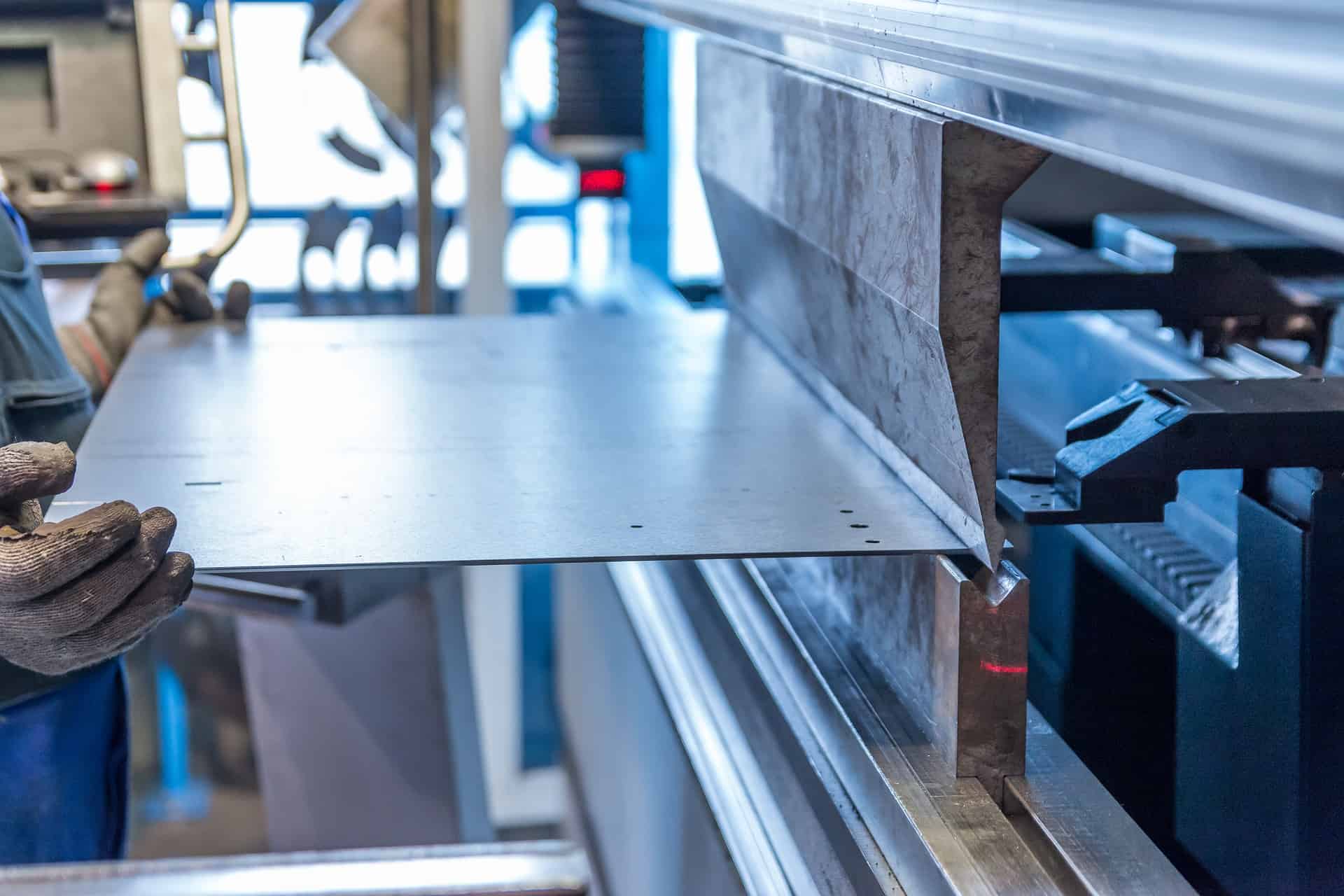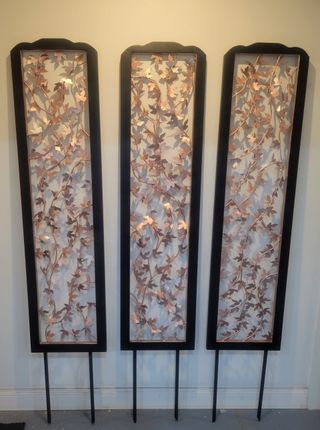The Basic Principles Of Metal Works
Wiki Article
Some Ideas on Metal Works You Should Know
Table of ContentsWhat Does Metal Works Do?An Unbiased View of Metal WorksNot known Factual Statements About Metal Works A Biased View of Metal Works

By the historic durations of the Pharaohs in Egypt, the Vedic Kings in India, the Tribes of Israel, and also the Maya world in The United States and copyright, to name a few ancient populaces, rare-earth elements began to have actually value affixed to them. In some situations regulations for ownership, circulation, and also trade were produced, implemented, as well as set by the corresponding peoples. are hand tools designed to exactly measure the range in between two factors. A lot of calipers have two collections of flat, parallel sides used for inner or external diameter dimensions. These calipers can be accurate to within one-thousandth of an inch (25. 4 m). Different kinds of calipers have different devices for displaying the range gauged.
deformation involves utilizing warmth or pressure to make a workpiece more conductive to mechanical pressure. Historically, this and also spreading were done by blacksmiths, though today the process has been industrialized. Wholesale metal creating, the work surface is typically warmed up. Sheet (and also tube) developing processes [edit] These sorts of creating procedure involve the application of mechanical pressure at area temperature.

An Unbiased View of Metal Works
The spindle normally moves in the z axis. It is possible to increase the table (where the workpiece relaxes)., and so on.The items produced are generally complicated 3D objects that are transformed right into x, y, and also z collaborates that are then fed right into the CNC machine and also permit it to complete the jobs needed. The milling machine can create most parts in 3D, but some need the objects to be turned around the x, y, or z coordinate axis (relying on the demand).
In nations still using the royal system, this is typically in the thousandths of an inch (device recognized as thou), relying on the particular maker. In several various other European countries, requirements following the ISO are utilized rather. In order to keep both the little bit and product cool, a high temperature coolant is utilized.

Little Known Facts About Metal Works.
Softer products differ, yet generally are milled with a high bit speed. Making use of a milling maker includes costs that are factored right into the production procedure. Each time the equipment is used coolant is also made use of, which must be periodically added in order to avoid damaging little bits. A milling bit must also be altered as needed in order to avoid damage to the product.Complicated parts can require hrs to finish, while really straightforward parts take only mins. This subsequently differs the production time as well, as each component will certainly need different amounts of time. Security is essential with these makers. The bits are traveling at high rates and also getting rid of items of normally scalding hot metal.
A turret is a maker tool which rotates a block or cyndrical tube of product so that when unpleasant, reducing, or deformation devices are used to the workpiece, it can be formed to create an object which has rotational proportion regarding an axis of turning. Instances of objects that can be generated on a lathe consist of candle holder holders, crankshafts, camshafts, and bearing installs. The bed is an exact & very solid base which all of the other parts rest upon for alignment - metal works. The headstock's pin protects the workpiece with a chuck, whose jaws (normally three or four) are tightened around the item. The spindle revolves at broadband, giving the energy to reduce the product.
The workpiece expands out of the spindle along the axis of rotation above the flat bed. The carriage is a system that can be moved, specifically and separately identical and perpendicular to the axis of rotation. A hard reducing tool is held at the preferred elevation (normally the center of the workpiece) by the toolpost.
Examine This Report on Metal Works
The tailstock can be slid along go now the axis of rotation and read more then secured place as required. It may hold centers to more secure the workpiece, or reducing devices driven right into the end of the work surface. Other operations that can be carried out with a solitary point tool on a turret are: Chamfering: Cutting an angle on the corner of a cylinder.Frequently used to allow grasp by hand on a metal part. Modern computer mathematical control (CNC) turrets and (CNC) machining centres can do additional operations like milling by utilizing driven devices. When driven devices are utilized the job item quits turning and the driven device executes the machining procedure with a revolving reducing device.
A lot of contemporary CNC lathes have the ability to produce most transformed things in 3D. Almost all types of metal can be transformed, although more time & specialist cutting devices are needed for more challenging workpieces. Threading [modify] Three various useful reference types and dimensions of taps. There are many threading processes including: reducing threads with a faucet or pass away, thread milling, single-point string cutting, string rolling, cool root rolling and also creating, and string grinding.
Report this wiki page